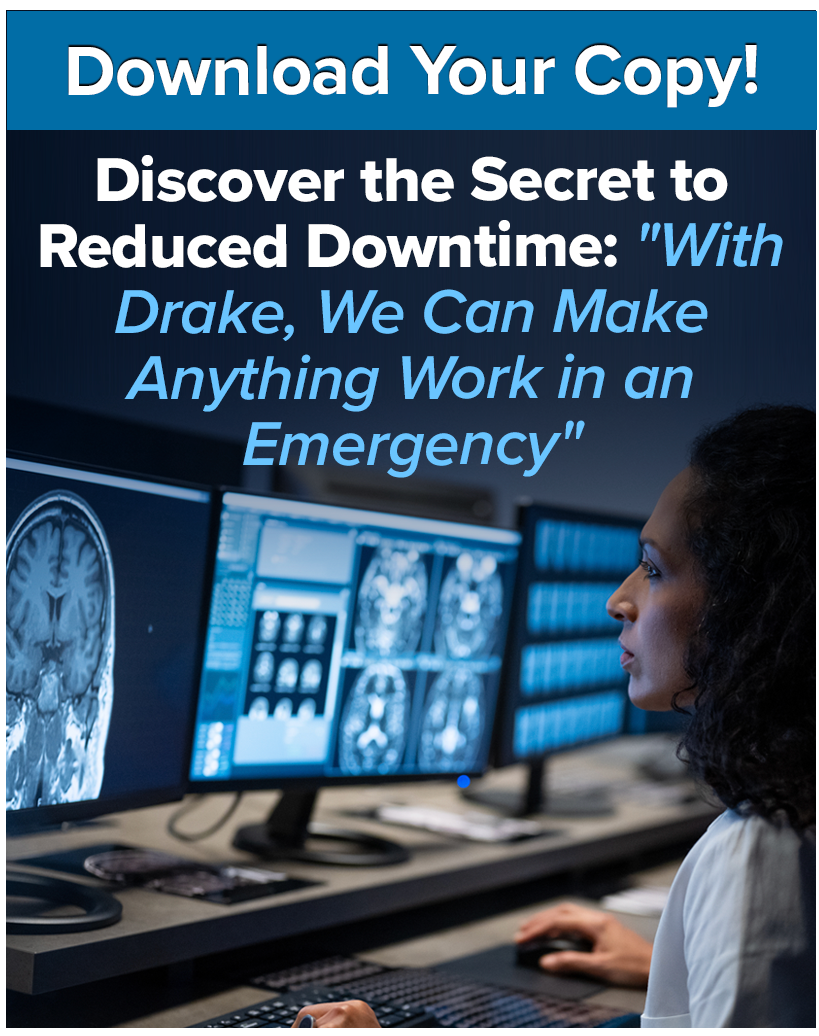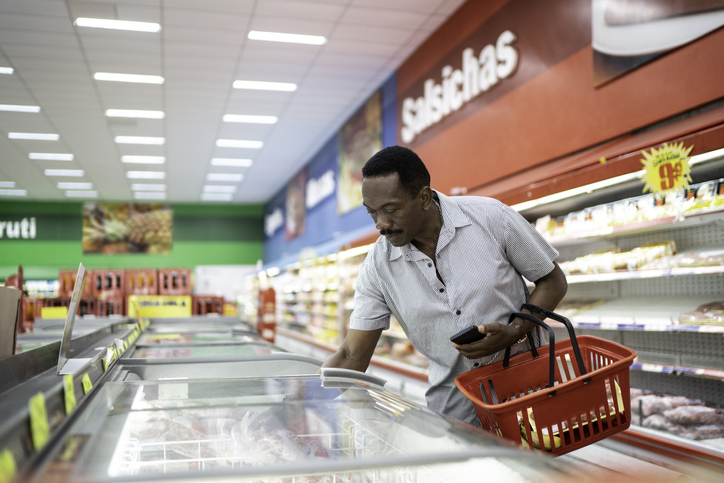
Is your dairy operation using an off-the-shelf comfort chiller to cool milk? If so, you could be missing out on the many cost and performance benefits of an industrial-grade system designed specifically to meet your rigorous demands.
In this post, we’ll highlight the following seven classic signs that your standard chiller could use an industrial cooling upgrade:
- Your chiller can’t keep up with your dairy production
- It’s challenging to achieve precise temperatures
- Milk doesn’t stay cool
- You can only operate your chiller during certain months
- You experience significant refrigerant loss
- Energy operating costs are high
- Chiller maintenance is burdensome
Keep reading to learn more about these seven signs that your operation could benefit from an industrial-grade dairy chiller.



